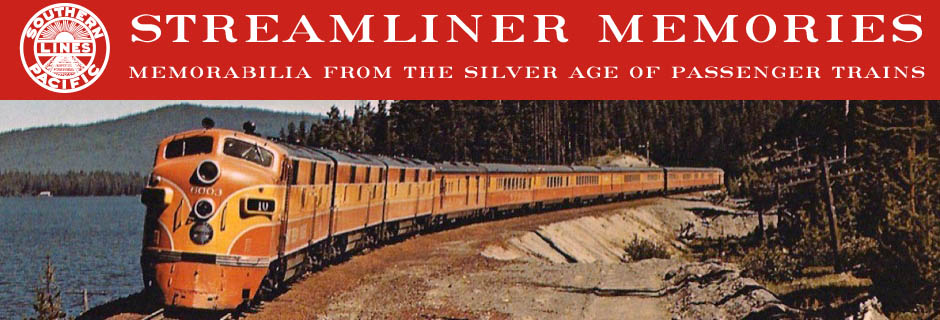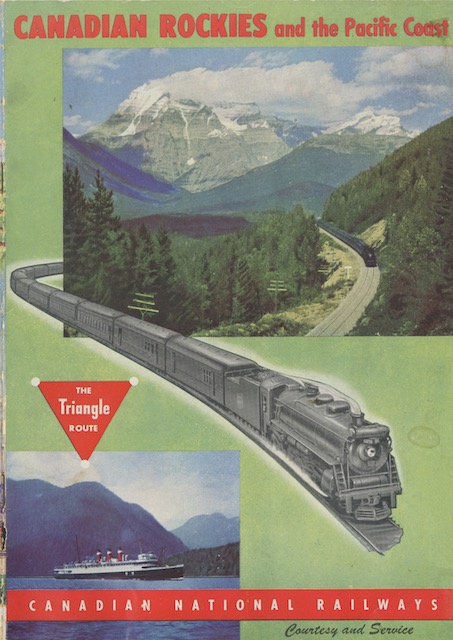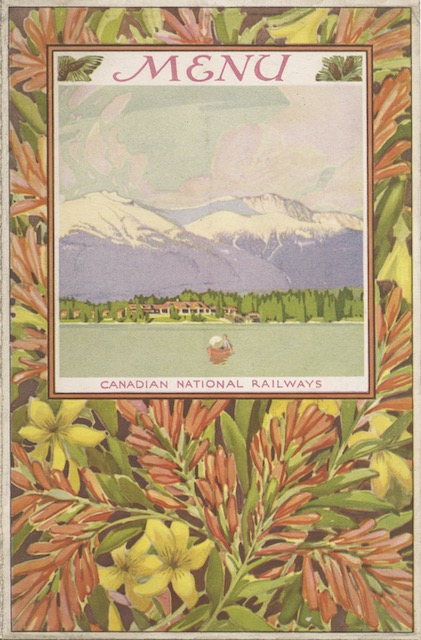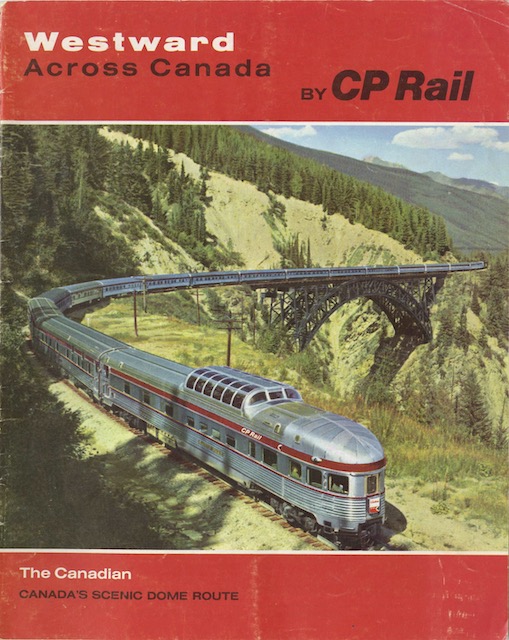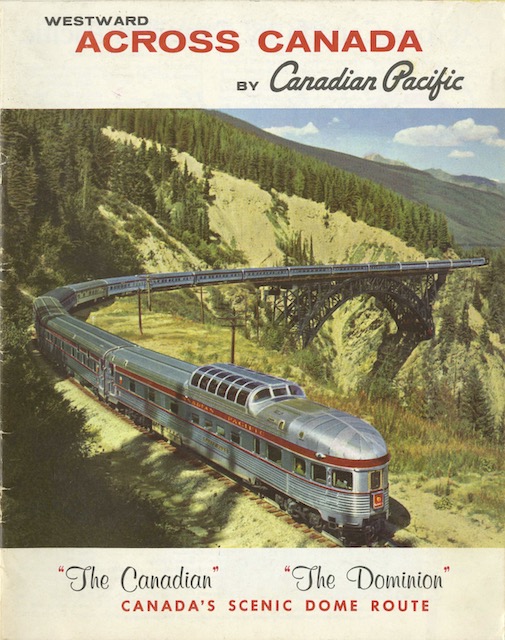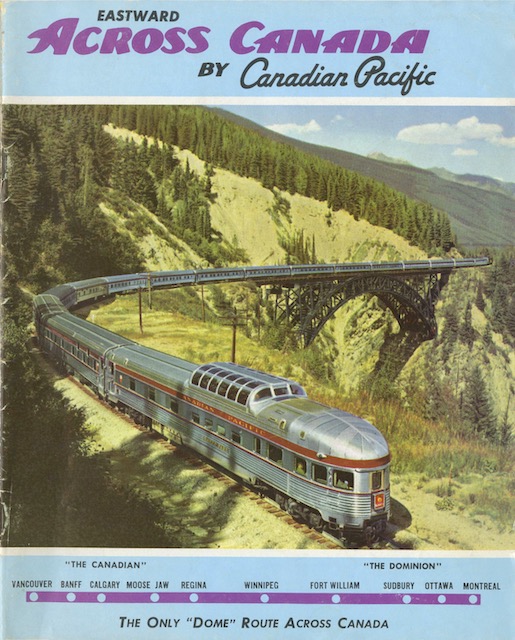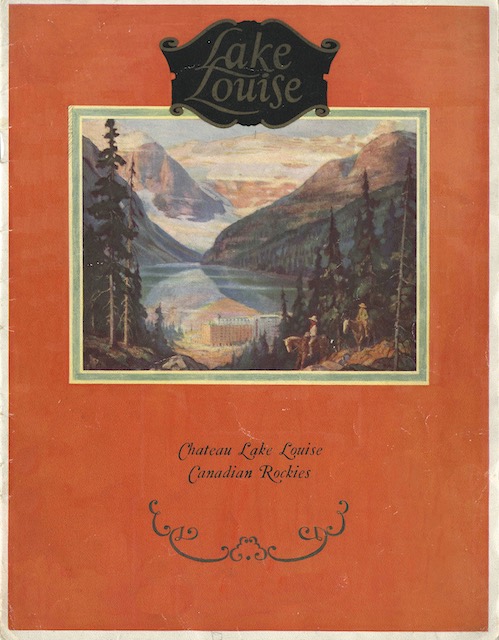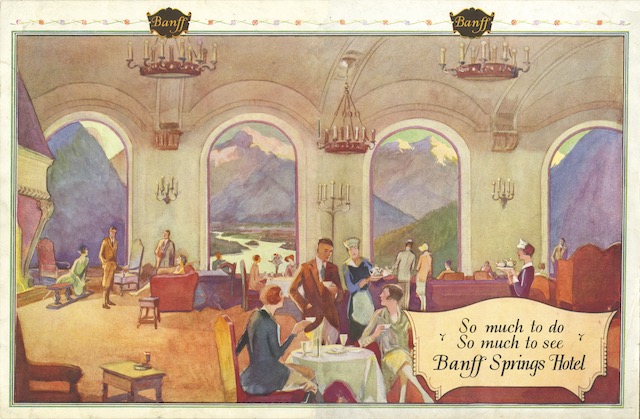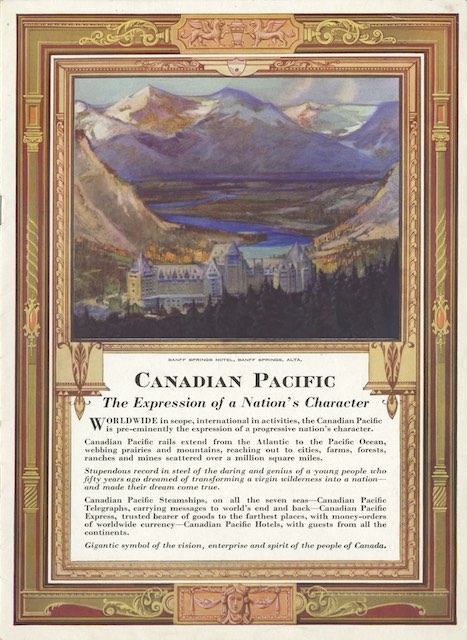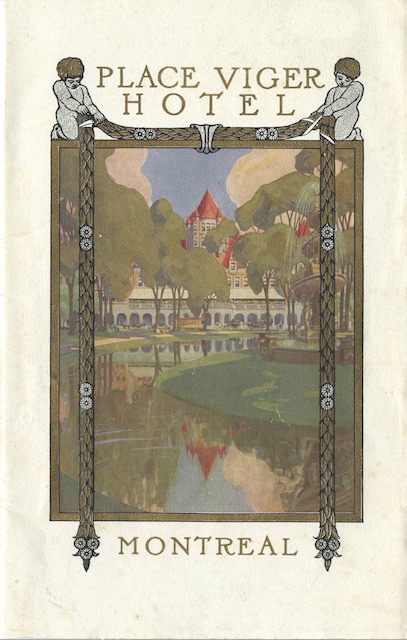This timetable is 88 pages long. Except for a 1943 CN timetable, that’s by far the longest seen here on Streamliner Memories. Canadian Pacific timetables from this era maxed out at around 68 pages and U.S. railroad timetables were usually even smaller.
 Click image to download a 53.5-MB PDF of this timetable.
Click image to download a 53.5-MB PDF of this timetable.
Eight full pages are devoted to transcontinental service between Vancouver and Montreal/Toronto. This was provided by the mostly streamlined Super Continental and the partially streamlined Continental. The latter train took about 12 more hours because it made more stops. Continue reading
